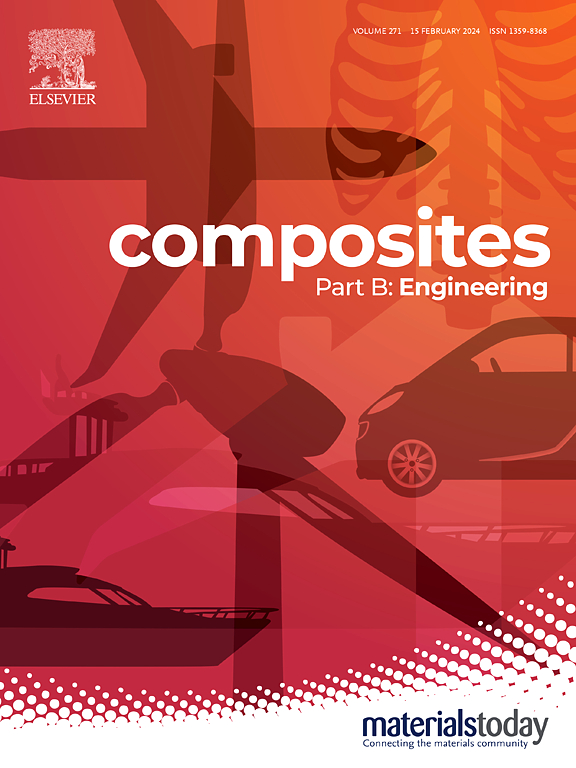A novel near-α high temperature titanium alloy with trimodal microstructure and submicron-nanosilicides for superior mechanical properties at both room and elevated temperatures
IF 12.7
1区 材料科学
Q1 ENGINEERING, MULTIDISCIPLINARY
引用次数: 0
Abstract
To address the persistent challenge of balancing room and elevated temperature mechanical properties in conventional near α titanium alloys, this study proposes an innovative approach through compositional design and thermomechanical treatment process optimization. A high Zr/Si containing near-α titanium alloy is developed by decreasing-temperature multidirectional forging (DMDF) and subsequent heat treatment, yielding a trimodal microstructure consisting of lamellar primary α-phase (αl), equiaxed primary α-phase (αe) and transformed β-phase (βt). This microstructure features a hierarchical dispersion of dual-scale silicides, where submicron-scale silicides are preferentially distributed along grain/phase boundaries, while nanoscale silicides are uniformly dispersed within grains. After DMDF followed by solution treatment at 950 °C/40min (HT2), the alloy achieves superior room-temperature mechanical properties (UTS = 1306.6 MPa, EL = 7.5 %), primarily attributed to synergistic strengthening effects involving multiscale precipitates (αS and dual-scale silicides), dislocation networks and activated slip systems. The alloy maintains excellent strength at elevated temperature up to 650 °C, demonstrating a UTS of 799.8 MPa paired with an elongation of 16.2 %. This sustained strength originates from strain gradient formation at α/β interfaces combined with dual-scale silicides pinning mechanisms. Additionally, the enhanced ductility at 650 °C arises from the slip bands within the α-phase and additional <c+a> dislocation activation. This design strategy of trimodal microstructure with hierarchical dispersion of dual-scale silicides provides a new perspective for tailoring high-temperature titanium alloys with balanced mechanical properties at both room and elevated temperatures.

求助全文
约1分钟内获得全文
求助全文
来源期刊

Composites Part B: Engineering
工程技术-材料科学:复合
CiteScore
24.40
自引率
11.50%
发文量
784
审稿时长
21 days
期刊介绍:
Composites Part B: Engineering is a journal that publishes impactful research of high quality on composite materials. This research is supported by fundamental mechanics and materials science and engineering approaches. The targeted research can cover a wide range of length scales, ranging from nano to micro and meso, and even to the full product and structure level. The journal specifically focuses on engineering applications that involve high performance composites. These applications can range from low volume and high cost to high volume and low cost composite development.
The main goal of the journal is to provide a platform for the prompt publication of original and high quality research. The emphasis is on design, development, modeling, validation, and manufacturing of engineering details and concepts. The journal welcomes both basic research papers and proposals for review articles. Authors are encouraged to address challenges across various application areas. These areas include, but are not limited to, aerospace, automotive, and other surface transportation. The journal also covers energy-related applications, with a focus on renewable energy. Other application areas include infrastructure, off-shore and maritime projects, health care technology, and recreational products.
 求助内容:
求助内容: 应助结果提醒方式:
应助结果提醒方式:


